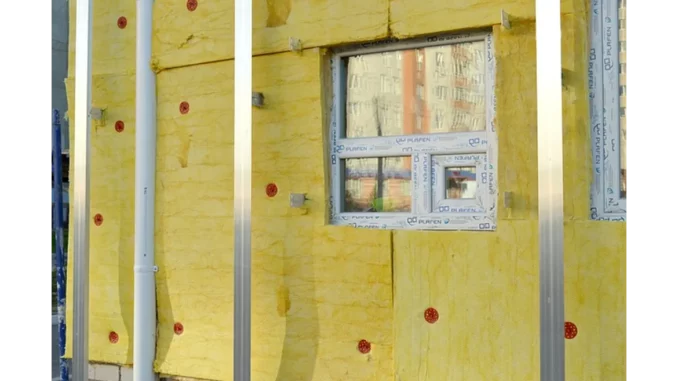
Marcia Snyder, a seasoned journalist with a knack for uncovering the nuances of sustainable architecture, recently sat down with Alex, an expert in the field of energy efficiency. Alex is known for his comprehensive understanding of building performance and has been a consultant for numerous high-profile sustainable projects. The setting was a quaint coffee shop, with the aroma of freshly brewed coffee creating a relaxed yet professional atmosphere.
Discover how Focus360 Energy aids sustainable development with Sustainability Statements.
As they settled into their chairs, Marcia leaned in, eager to delve into the intricacies of U-Value calculations, a service offered by Focus 360 Energy that has been generating buzz in the industry. “So, Alex,” she began, “what makes U-Value such an essential metric in the world of building efficiency?”
Alex, with a thoughtful nod, explained that U-Value is a critical measurement used to determine the rate at which heat is transferred through the building’s thermal elements—be it walls, floors, or roofs. “In simple terms,” he said, “it’s about understanding how much heat is being lost through each component of a building. The aim is to minimise energy consumption by ensuring that heat loss is kept to a minimum.”
Marcia was intrigued. “And how does Focus 360 Energy approach this?” she asked, taking a sip of her coffee.
“Focus 360 Energy has developed a comprehensive method for evaluating the thermal efficiency of buildings,” Alex replied. “Their experienced surveyors assess each element, whether it’s a pane of glass, a door, or a cavity wall, and calculate the U-Value. They consider factors like thickness and thermal conductivity, which are crucial in determining how much energy is lost through each square metre of a building’s component.”
He paused, allowing Marcia to appreciate the depth of the process. “The lower the U-Value, the better,” he continued. “It means that the building is more effective at retaining heat, which in turn reduces the need for excessive energy consumption. This is not just about saving money on energy bills; it’s about contributing to a building’s overall carbon footprint.”
Marcia nodded, understanding the broader implications. “So, it’s not just a technical exercise. It’s about sustainability and environmental responsibility.”
“Precisely,” Alex agreed. “Incorporating U-Value calculations into the SAP assessment—an essential part of building regulations in the UK—ensures that each element of the building is optimised for energy efficiency. This is particularly important as we strive towards net-zero carbon buildings.”
The conversation flowed seamlessly, with Alex highlighting how Focus 360 Energy’s approach to U-Value calculations could benefit clients. “For developers and architects, this service offers a way to demonstrate compliance with energy efficiency standards while also enhancing the marketability of their projects. For end-users, it means living in environments that are not only cost-effective but also comfortable and environmentally friendly.”
Marcia was impressed by the potential impact. “It sounds like a win-win situation,” she remarked.
“Indeed,” Alex replied. “And as building regulations become increasingly stringent, services like those provided by Focus 360 Energy will become indispensable. They offer clients not just data, but actionable insights that can inform design decisions and construction practices.”
As the interview wrapped up, Marcia felt a newfound appreciation for the role of U-Value calculations in shaping the future of sustainable construction. Alex’s insights had painted a clear picture of how this seemingly technical service could drive significant change in the industry.
With a handshake and a promise to catch up again soon, Marcia thanked Alex for his time and expertise. As she left the coffee shop, she reflected on the conversation, eager to share these insights with her readers and contribute to the wider discourse on sustainability in architecture.
The world of building efficiency, she realised, was not just about numbers and calculations. It was about creating spaces that respected both the environment and the people who inhabited them—an endeavour that Focus 360 Energy was clearly passionate about supporting.
Find out more at Focus 360 Energy


Be the first to comment